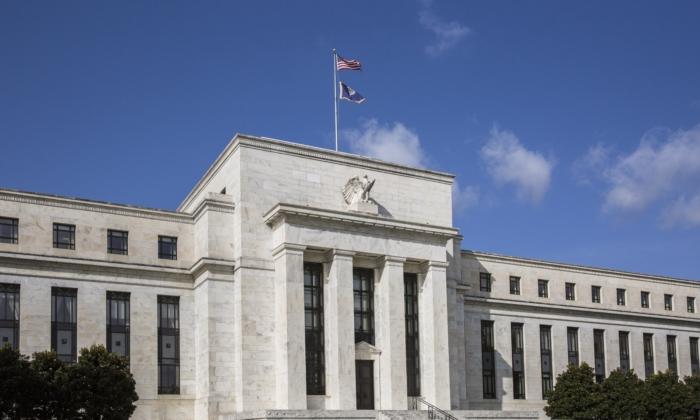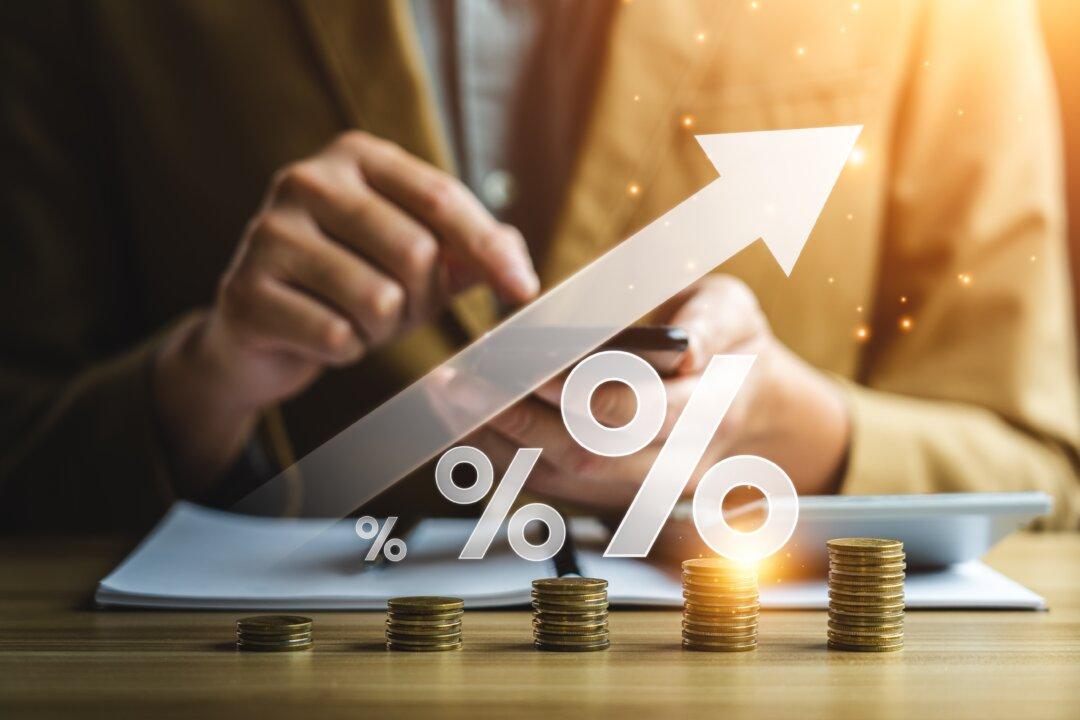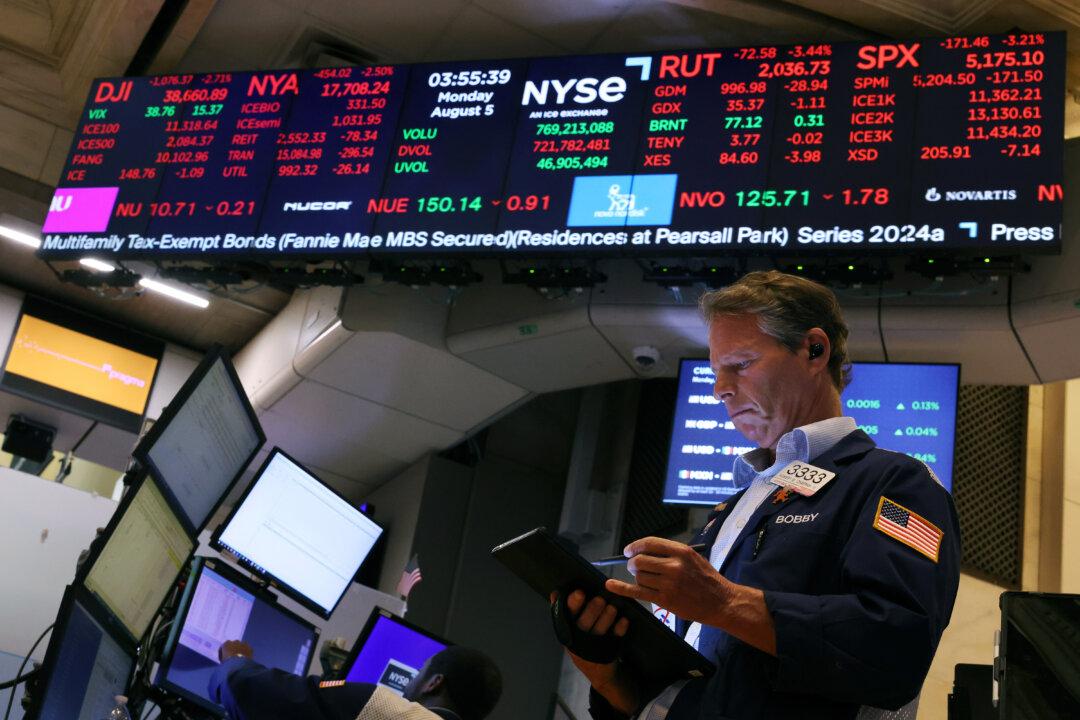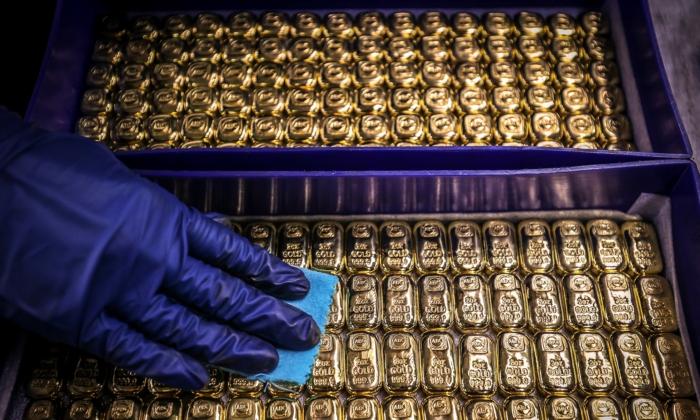If we search the news from 2007, we can find plenty of headlines with the International Monetary Fund and the Federal Reserve predicting a soft landing. No one seemed to worry about rising imbalances. The main reason is that market participants and economists like to believe that the central bank will manage the economy as if it were a car.
The current optimism about the U.S. economy reminds us of the same sentiment in 2007.
Many readers will argue that this time is different, and we won’t see a 2008-style crisis, and they’re right. No crisis is the same as the previous one. However, the main pushback I get when discussing the risks of a recession is that the Fed will inject all of the liquidity that may be needed. Quantitative easing is seen as the antidote that will prevent a crisis.
However, if the only antidote to prevent a 2008-style contraction is monetary easing, then the risk of stagflation is even higher. So, the good news for those fearing a recession is stagflation.
I have mentioned already a few times that we’re in the middle of a private-sector recession disguised by insane government spending. The latest Purchasing Managers Index (PMI) readings confirm it. S&P Global mentions that “further loss of service-sector momentum weighs on overall U.S. economic performance” and “manufacturing firms continued to register a decline in production,” with service-sector firms recording the slowest rise in business activity in the current eight-month sequence of growth. U.S. consumer confidence declined in August. The Conference Board consumer confidence index slumped to 106.1 in August from a revised 114 in July. Consensus expected 116.
Even more concerning is to admit that the services sector and consumption are held by debt increases. In July 2023, the personal savings rate was 3.5 percent, well below the pre-COVID-19-pandemic average of 6.9 percent. In the second quarter of 2023, total credit card debt rose above $1 trillion for the first time ever, reaching a record total household debt of $17 trillion, according to the Federal Reserve Bank of New York.
Despite elevated inflation, the U.S. government is spending more than ever, which means consuming more units of issued currency. British economist Tim Congdon at the Institute of International Monetary Research shows how the inflationary burst was directly linked to broad money growth because of rising government deficit spending. Other studies by economist Claudio Borio at the Bank of International Settlements confirm it. Mr. Congdon highlights an exceedingly worrying figure that endangers trust in the U.S. currency and the sustainability of public finances. In the year to July 2023, the U.S. deficit totaled $2.474 trillion. With nominal GDP in the same period of about $27 trillion, the deficit was more than 9 percent of gross domestic product (GDP).
Rising debt is keeping GDP afloat in the United States. Meanwhile, inflation expectations remain elevated, the pace of rate hikes has yet to show its complete impact on the economy, and monetary aggregate declines are showing that the entire burden of the monetary policy contraction is falling on the shoulders of the private sector. A rising government deficit means higher taxes, higher inflation, or higher debt in the future.
The reason why most economists believe in a soft landing is simply because rising fiscal and debt imbalances haven’t generated a significant impact on the broad economy. And they may be right to believe there won’t be a recession soon. However, the longer it takes to see an inevitable recession, the worse the impact will be. Trying to disguise what would have been a logical technical recession after such an enormous monetary and fiscal boost in 2020–21 is likely to make it worse, as economic agents are led to believe that rate increases won’t hurt and, even more optimistically, that credit supply will be unchanged.
Monetary aggregates are starting to bounce way before the battle against inflation has been completed. Money supply growth has rebounded; rates aren’t rising, but core and headline inflation remain significantly above the target. Furthermore, if the sole factor to deny a 2008-style recession is further quantitative easing, then the recipe for stagflation is complete.
Large liquidity injections to keep markets afloat will likely add to stubbornly high deficit spending from the government, which is unwilling to make any reduction in expenditures. The last time that happened, the economy still declined, but this time, the starting point isn’t deflation but rising core and headline prices.
The government needs to cut unnecessary spending and drastically reduce the deficit; the Fed needs to tighten its balance sheet and avoid the perverse incentive of buying banks’ long-dated Treasurys at the first market concern. More government stimulus plans will only add to what’s already a low-growth, high-debt, and poor-productivity economy. Monetary contraction should be aimed at reducing public-sector imbalances, not choking the private sector.
There’s no soft landing if the government size in the economy rises, and the private sector is squeezed and crowded out.
The warning signs are evident. Ignoring them is irresponsible.







